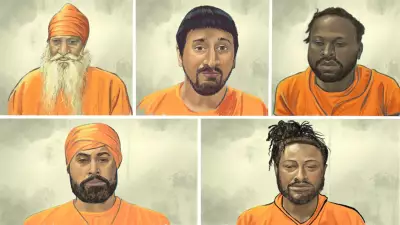
New York City's political landscape is facing serious questions after the latest Democratic mayoral primaries revealed a startling drop in voter participation. The numbers tell a concerning story about civic engagement in America's most populous city.
A Dramatic Decline in Democratic Participation
Recent data shows voter turnout in the Democratic mayoral primaries has fallen significantly compared to previous election cycles. This downward trend raises important questions about what's driving New Yorkers away from the polls during crucial municipal elections.
Understanding the Numbers
The statistics reveal a clear pattern of decreasing engagement. While specific figures vary across boroughs and districts, the overall picture shows fewer Democratic voters participating in selecting their party's candidate for mayor. This trend appears consistent across multiple election cycles, suggesting deeper issues at play.
Potential Factors Behind the Drop
Several theories are emerging to explain this decline in voter interest:
- Timing and election fatigue: The rescheduling of primaries may have confused voters
- Lack of competitive races: Fewer high-profile challengers in recent cycles
- Voter disillusionment: Growing skepticism about political processes
- Logistical barriers: Ongoing challenges with voting accessibility
What This Means for NYC's Political Future
The declining participation rates could have significant implications for how representative city government truly is. When fewer voters participate in primary elections, the resulting leadership may reflect the preferences of a smaller, potentially less diverse segment of the population.
Political analysts are watching these trends closely, as they may indicate broader shifts in how New Yorkers engage with their local government and democratic processes.





